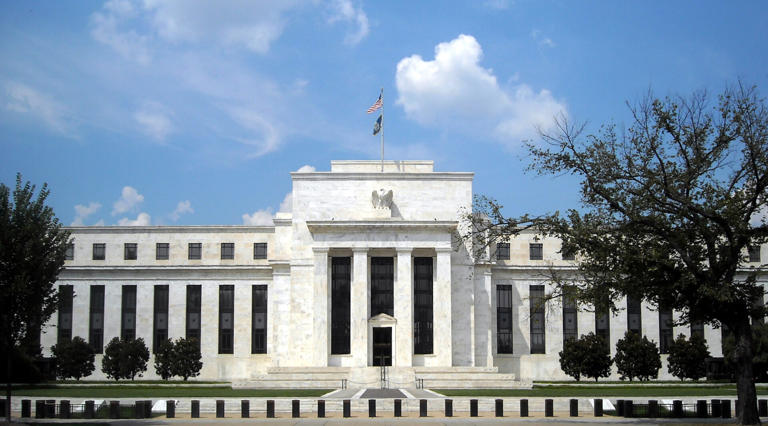Wall Street is currently navigating significant uncertainty and debate surrounding the Federal Reserve’s approach to interest rate policy, with Bank of America’s latest financial results shedding light on the divergent views within the financial sector. The bank’s management has indicated expectations for the Fed to enact three consecutive rate cuts of 25 basis points each in September, November, and December. This stance contrasts with the outlook of their chief economist, Michael Gapen, who initially anticipated only a single rate cut of 25 basis points in December but has revised his forecast following the release of June’s inflation data.
The financial markets heavily rely on forecasts regarding the Fed’s actions, often derived from derivative contracts and economic indicators. As of July, market sentiment has shifted, reflecting an expectation for two rate cuts beginning in September, with a 50% probability assigned to a third cut by the end of the year.
The internal discrepancy at Bank of America underscores broader uncertainties across the financial landscape. Economists, who advise clients on market movements, frequently hold differing perspectives from their bank’s management. Gapen’s more cautious forecast aligns with the conservative end of predictions among major U.S. banks, highlighting varying expectations about the timing and extent of monetary policy adjustments.
Previously, a consensus among financial institutions had centered on a single quarter-point rate cut by December. However, several major banks, including Barclays, BNP Paribas, Deutsche Bank, and JPMorgan, have adjusted their forecasts to better align with market expectations, reflecting a more dovish stance toward Fed policy.
Market traders have responded by pricing in a high probability of a rate cut by September, as indicated by the CME FedWatch tool, which currently suggests a 93.3% chance that the Fed’s target range for the federal funds rate will decrease to 5% to 5.25% from the current 5.25% to 5.50%. Additionally, there is a 6.7% probability of a more aggressive half-point cut, signaling anticipation among some traders for rate reductions both in July and September.
The shift in market sentiment was precipitated by the release of June’s consumer price index report, which revealed a 0.1% decrease from the previous month, bringing the annual inflation rate down to 3%, its lowest level in three years. Federal Reserve Chairman Jerome Powell has hinted at the central bank’s readiness to take action by September, underscoring that waiting for inflation to reach the Fed’s 2% target before adjusting policy is not necessary, given the lag effects of monetary policy changes.
Powell emphasized, “The Fed is looking for greater confidence that inflation will return to the 2% level. What increases that confidence is more positive inflation data, and recently, we have seen some encouraging signs in that regard.”
Overall, the evolving expectations surrounding Fed rate cuts underscore the complex interplay between economic data releases, market sentiment, and central bank policy decisions. These dynamics will continue to influence investor strategies and market behavior in the coming months, shaping broader economic conditions and financial market outcomes.
